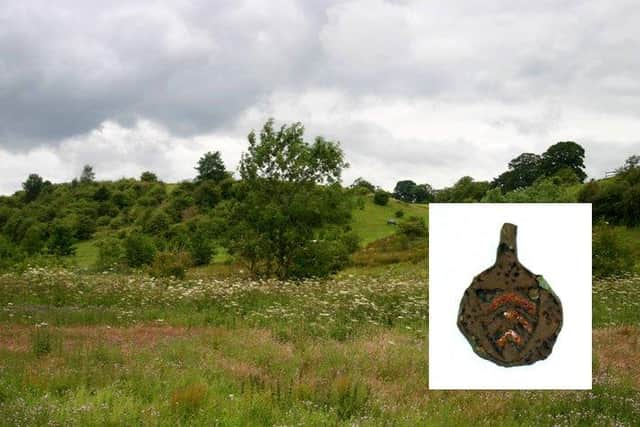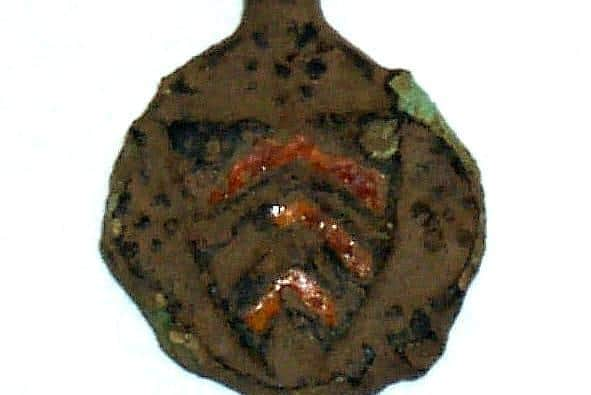Looking Back with Ian Scott: Where was the Battle of Falkirk?
and live on Freeview channel 276
I say ‘somewhere’ because the location of the huge encounter has never been identified, though many sites have been proposed which fit in with the limited information we have from eyewitness accounts.
Our Victorian forefathers felt sure it was in the vicinity of Victoria Park but that idea was dismissed a long time ago though maps published until quite recently were still showing Grahamston as the site.
Advertisement
Hide AdAdvertisement
Hide AdOther observers have suggested Polmont Hill ski slope or the so called ‘behind the woods’ site near Woodend Farm on the Hallglen to Reddingmuirhead road.


There is certainly some circumstantial evidence to support both ideas but in the absence of something more concrete we can prove nothing.
Despite the fact that hundreds of soldiers died no common burial pits have been discovered or at least none have been reported.
No artefacts that would point to one site or another have emerged over the centuries except for one small item that was uncovered a few years back and which I at least am confident places the battle on the sloping ground opposite the Beancross Restaurant on which the Romans built the Antonine Fort of Mumrills in Laurieston.


Advertisement
Hide AdAdvertisement
Hide AdThe land itself certainly fits with descriptions which appear in several chronicles which tell us that Wallace drew up his phalanx rings or schiltroms on rising ground facing the charging English horsemen.
Each year Geoff Bailey and his team of volunteer archaeologists walk the land in search of the shards of pottery and other Roman remnants that rise up each spring beneath the ploughshare.
One little item which caught the eye was a small metal object identified as a decorative part of a horse harness with a distinct red chevron patterned shield.
It was not a mystery object because such things are not uncommon and it was immediately identified as dating from the 13th century and was exactly the kind of thing that would be part of the equipment of the knights who rode to Falkirk with Edward.
Advertisement
Hide AdAdvertisement
Hide AdIt is hard to believe that it could have arrived here at any other period though of course it may have been lost as the successful English knights pursued the fleeing Scots from one of the other sites.
However I really want to believe that it is the smoking gun that confirms Mumrills as the true location of the battle.
Fortunately we know the names of many of the 100 plus noble families who made up the English horsemen and what their coats of arms looked like.
Interestingly, one belonging to the Welsh knight Gilbert de Clare, Lord of Glamorgan, who was at Falkirk with Edward, has markings very similar to our little harness pendant and I for one am quite happy to believe that it fell from his horse in the heat of battle.
As ever, Geoff is more cautious.
Advertisement
Hide AdAdvertisement
Hide AdHe points out that a number of similar finds from various places in Scotland have this chevron marking and that dear old Lord Gilbert couldn’t have lost them all!
So despite my enthusiasm I have to admit that the mystery remains.
Let’s hope that someday the plough will bring up another clue and help end the arguments for good.
